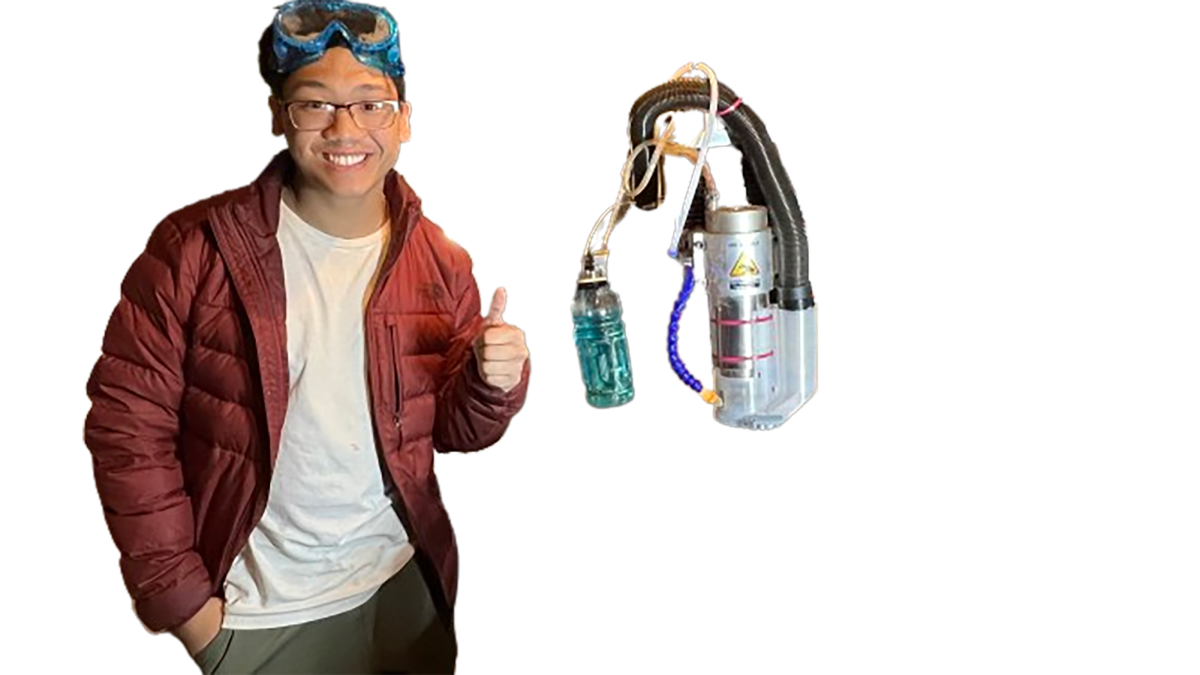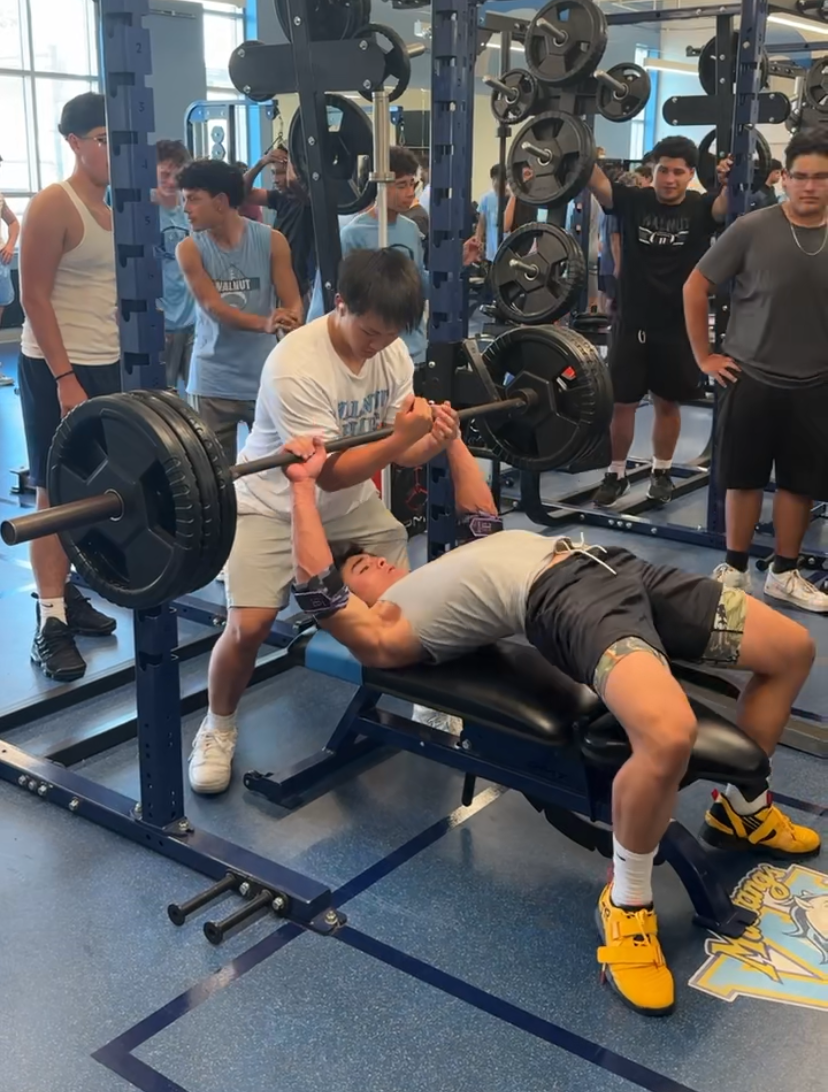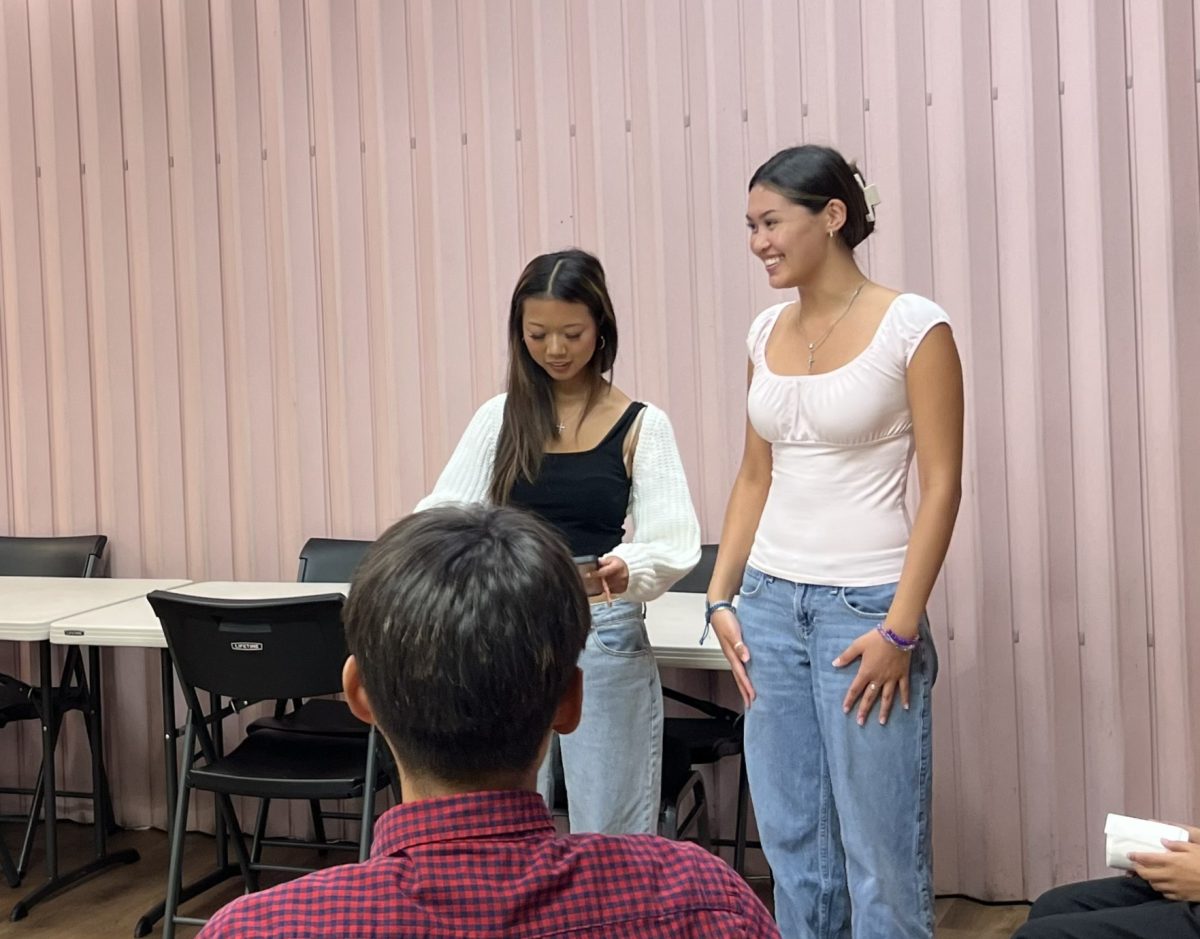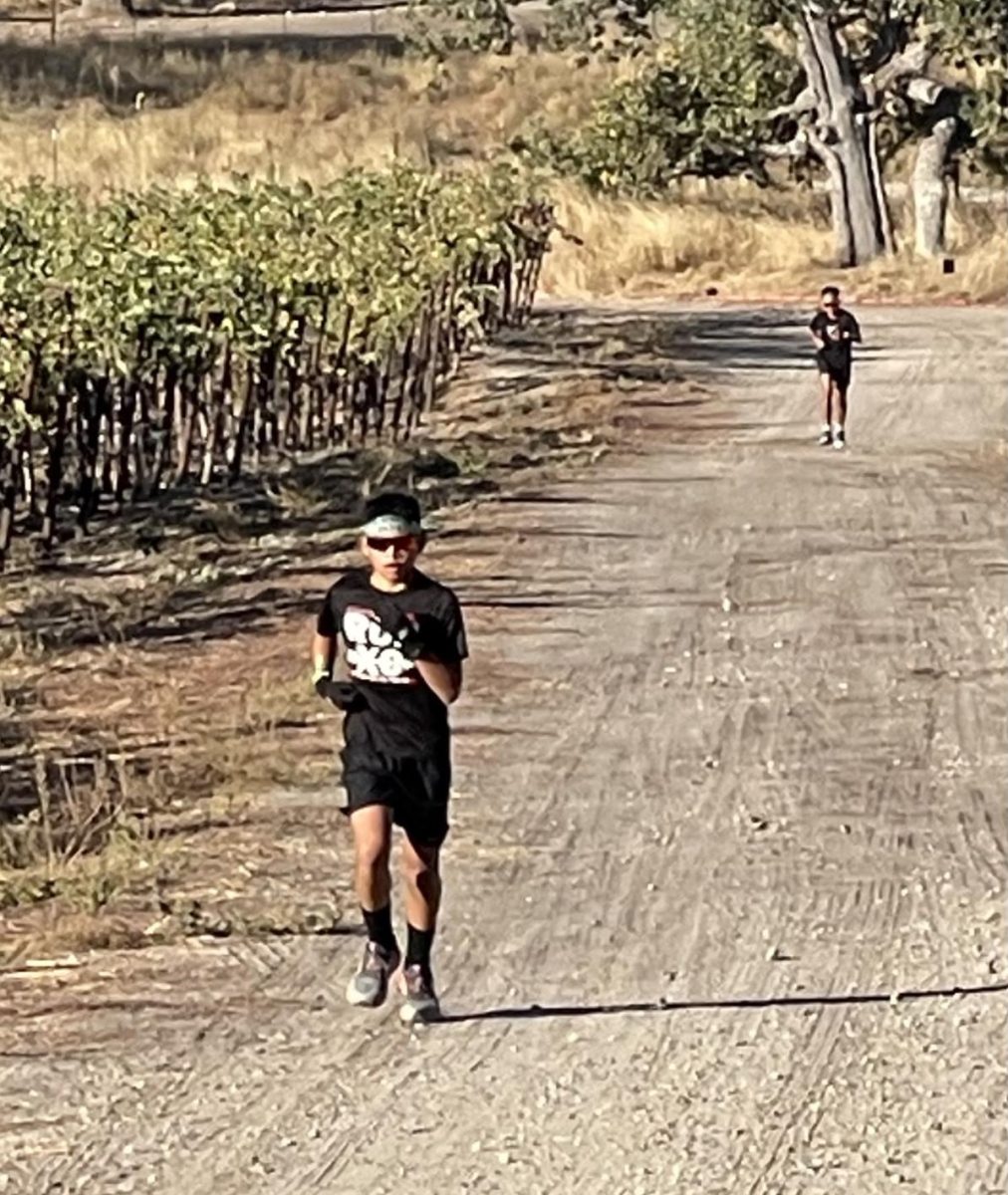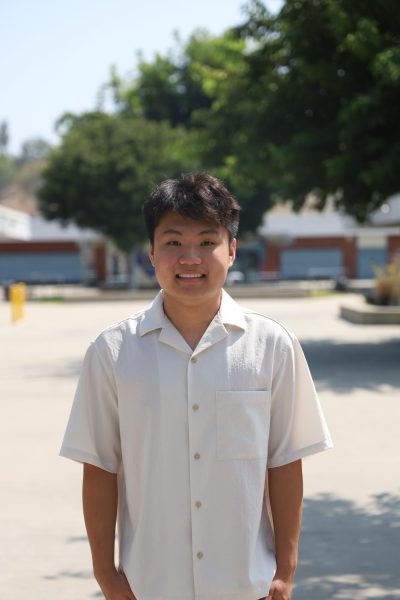He opens Blender on his computer, ready to embark on another 3D model project. The sound of his Ender V2 3D printer whirls in the distance, slowly constructing one of his latest creations: a muscular cactus model.
Computer-aided design (CAD) is a topic that sophomore Brandon Lim has always been passionate about. Lim would spend hours pouring through online resources, teaching himself how to use different 3D modeling software such as Blender and Fusion 360. He worked on different projects to learn the basic parts of each software program, including models of bookcases and screwdriver holders.
“I wanted to start making functional models that have accurate dimensions,” Lim said. “I’d say the number one thing that will help you in learning CAD is the amount of time spent practicing it. Every project has its unique problems, and as you use the CAD program, you can figure out what tools are needed to get the desired model.”
Lim’s knowledge of CAD allowed him to progress to the next step: 3D printing. His first major project was printing model knives from the esports game “Valorant”. Lim went on to prototype plastic butterfly knives, making customized screws and washers to allow the knife to function well. Another one of his favorite projects was a name placard made for his middle school art teacher Jon St. Amant, for which he incorporated a “Chubicorn,” an original character made by St. Amant.
“The [placard] was one of the few 3D printed projects that I’ve done where I print out what I make. It’s a pretty neat project,” Lim said. “It is cool to have a 3D model, but it is even cooler to have something physical you can touch and paint.”
Lim is also involved in robotics, participating in the Walnut Valley Robotics Club and an independent team, 6325 Illuminati, outside school. Using his experience in CAD, Lim has the role of designing, printing and assembling parts of the robot. Beyond robotics, Lim is learning how to use computer numerical control machining, which is an automated method of manufacturing, specifically for metal and plastic parts.
“I’ve always gravitated towards robotics since my dad was a mechanical engineer, and I really like building things,” Lim said. “I started robotics in my freshman year, and my skills have only gotten better over time.”
As for the future, Lim plans on starting a nonprofit called FT-Squared, which involves developing 3D-printed tools for teachers. With this organization, Lim strives to help educators demonstrate principles in math and physics such as equilibrium changes and harmonic motion demonstrations, concepts that can only be shown in online simulations and videos.
“I realized how much more effective teachers could demonstrate difficult concepts if they had physical models and tools,” Lim said. “The [objective] is to branch out to and become an organization that manages smaller high school clubs.”

